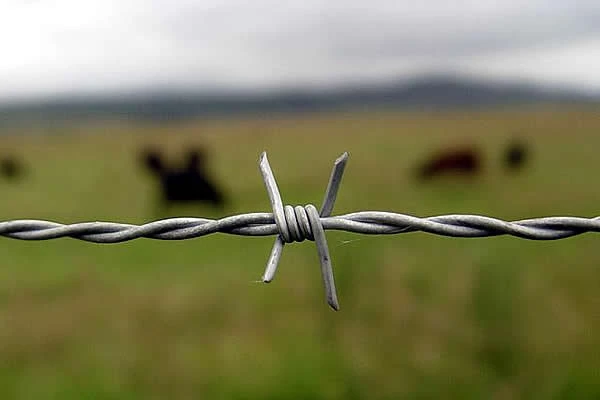 TEL:
+86-13102802206
TEL:
+86-13102802206
 Email:
fencenetting@china.com
Email:
fencenetting@china.com
 Language
Language
 TEL:
+86-13102802206
TEL:
+86-13102802206
 Email:
fencenetting@china.com
Email:
fencenetting@china.com
 Language
Language


Understanding 2209 Welding Wire Properties and Applications
Welding is a crucial process in various industries, from construction to manufacturing, and choosing the right welding wire is imperative to achieving high-quality welds. Among the many options available, 2209 welding wire stands out due to its unique properties and versatile applications. This article dives into the characteristics, advantages, and applications of 2209 welding wire, providing a comprehensive overview for welders and industry professionals alike.
What is 2209 Welding Wire?
2209 welding wire is a type of duplex stainless steel wire, which means it comprises a blend of both austenitic and ferritic stainless steel. This unique composition results in a material that boasts excellent strength, corrosion resistance, and weldability. The designation 2209 typically refers to a specific grade of duplex stainless steel that is comprised of approximately 22% chromium and 9% nickel. The presence of nitrogen in its composition further enhances its mechanical properties and resistance to pitting corrosion.
Key Properties
1. Corrosion Resistance One of the most significant advantages of 2209 welding wire is its excellent resistance to corrosion. This makes it suitable for applications in harsh environments, such as marine settings, chemical processing plants, and wastewater treatment facilities. Its resistance to chloride stress corrosion cracking also makes it a reliable choice for offshore applications.
2. Strength The duplex structure of 2209 welding wire provides high strength, which is beneficial for demanding applications requiring structural integrity and durability. It has a higher yield strength compared to standard austenitic stainless steels, allowing it to withstand heavier loads and stress.
3. Weldability 2209 welding wire is known for its ease of use during the welding process. It can be welded using various methods, including MIG (Metal Inert Gas) and TIG (Tungsten Inert Gas) welding. This versatility makes it a preferred choice for both manual and automated welding applications.
4. Resistance to Stress Corrosion Cracking The wire's composition minimizes the risk of stress corrosion cracking, which is critical in industries where materials are subjected to high stress and corrosive environments.

Applications of 2209 Welding Wire
2209 welding wire is utilized across a wide range of industries, owing to its superior properties. Some of the prominent applications include
1. Oil and Gas Industry In the exploration and drilling sectors, equipment is often exposed to harsh environmental conditions. 2209 welding wire is preferred for fabricating pipelines, storage tanks, and processing equipment due to its corrosion resistance and high strength.
2. Marine Applications Ships and offshore structures are frequently exposed to saltwater, which can lead to rapid corrosion. 2209 welding wire is commonly used for hull construction and maintenance tasks, providing longevity and durability.
3. Chemical Processing The chemical industry often involves the handling of corrosive substances. Using 2209 welding wire for constructing reactors, vessels, and piping systems ensures reliability and safety in the processing of these materials.
4. Food Processing In the food and beverage sector, hygiene and material integrity are paramount. The corrosion resistance and non-reactivity of 2209 welding wire make it an ideal choice for fabricating equipment used in this industry.
Conclusion
In summary, 2209 welding wire is an exceptional material that combines the advantages of high strength, excellent corrosion resistance, and easy weldability. Its application in various demanding environments makes it invaluable in industries such as oil and gas, marine, chemical processing, and food. As welding technologies continue to advance, the importance of selecting the right welding wire, like 2209, becomes increasingly crucial for ensuring high-quality and durable welds. For professionals in the field, understanding the properties and applications of this welding wire can significantly impact project outcomes and operational efficiency.